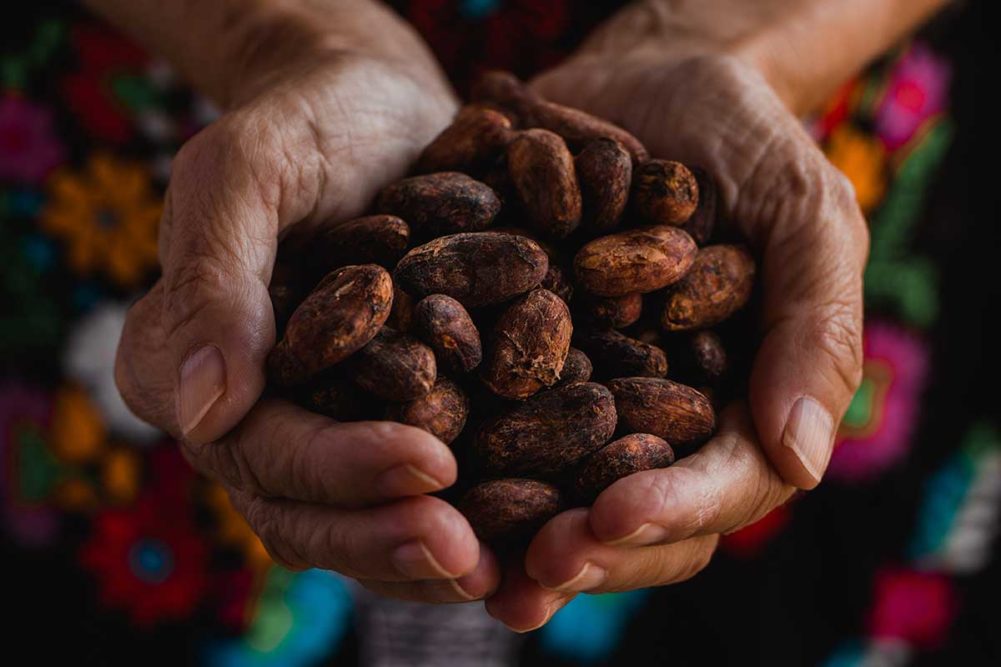Extreme weather conditions have decreased cocoa yields and driven up prices recently with more bad weather on the way, according to a FoodBusinessNews.net Sept. 25 report. Excessive rain, flooding and black pod fungal disease have devastated cocoa bean crops and disrupted harvests in Ivory Coast and Ghana over the summer.
“Weather has been wetter than normal in past months in West Africa,” said Antoine Legrand, master commodity analyst, Cargill. “This favored the development of fungal diseases, which, among other things, was detrimental to pod development. Looking ahead, an El Niño episode is expected for this winter and may have some limited consequences on Latin American and Indonesian crops.”
Dave Beaulieu, global buyer/operations manager at Global Organics, explained the problems with the rains.
“On several farms in Ivory Coast, the tiny flowers that turn into pods after 22 weeks have not survived the heavy rains,” he said. “The shells have turned yellow prematurely on the trees, while pods that have already developed have been attacked by brown rot, a fungal disease of cocoa pods.”
Cocoa prices hit 46-year highs recently, and the El Niño weather pattern could bring conditions that are drier than normal.
“In 2023, we have seen the price of cocoa increase from $2.63/kg in January to $3.61/kg in September, according to YCharts,” said Ryan Jacobs, marketing manager, insights, Bunge Loders Croklaan. “This is an increase of 37.6% in price this year alone. Comparing September’s price with last year’s price, cocoa rose 57.1%.”
He added that cocoa prices and US sugar prices are high, and neither is showing signs of dropping in the near future.
“There are concerns about the stability of future cocoa supplies due to climate change-related challenges and potential price fluctuations, impacting both production costs and the affordability of chocolate products,” said An Ho, director of food science and production innovation, IFPC.
This, coupled with consumers starting to cut back on chocolate purchases, may cause chocolate manufacturers to look for alternative solutions to fight commodity increases and keep consumer prices low, Mr. Jacobs added.
Although freight costs are down about 60%, Mr. Beaulieu was concerned that won’t continue, further driving up cocoa prices.
This article is an excerpt from the December 2023 issue of Baking & Snack. To read the entire feature on Chocolate, click here.





